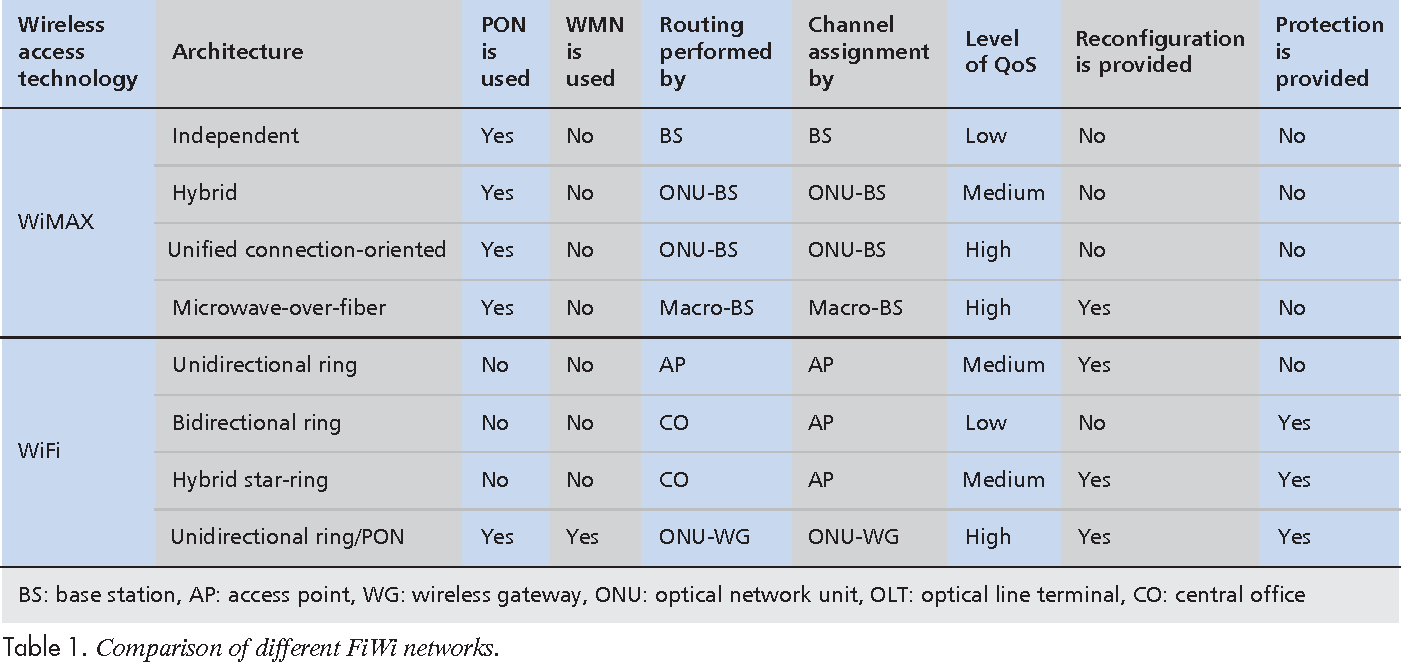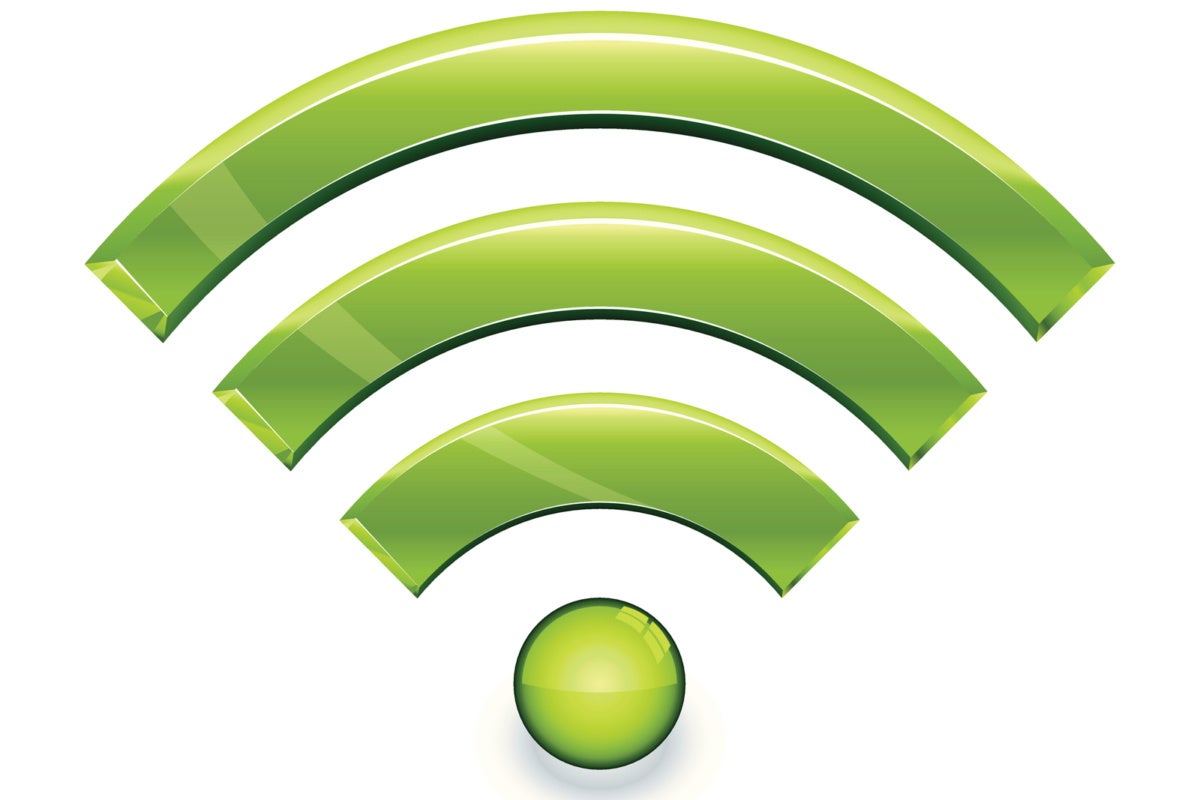

Using this architecture, we propose a novel method to optimize the deployment and maximize the coverage of survivable FiWi access network, with appropriate constraints from connectivity, survivability, capacity and delay perspectives. Fiber- wireless (FiWi) access network, which is the combination of optical networks at the back end and wireless networks at the front end have brought together. Thus, in this paper, we explore the protection mechanism for small cells by integrating WiFi and rerouting of data traffic over WiFi to offer some restoration of backhaul capacity. The network survivability through protection and restoration has become a critical requirement. These networks combine the optical network as the back end. With increasing amount of network traffic, the failure of network components such as distribution fiber link failure may lead to unpredictable service outages. Fiber-Wireless (FiWi) networks are a promising candidate for future broadband access networks. This not only provides more time for professional. Fiber-Wireless (FiWi) access network as a small cell backhaul is now becoming a promising architecture to satisfy the rapid growth of demand for mobile data traffic. FiWi networks hold great promise to change the way we live and work by replacing commuting with teleworking. FiWi integrates wireless access technology with the optical access networks to provide potential benefits of both the technologies. He currently works in R&D at Ericsson’s San José facility in Californis’a Silicon Valley.© 2015 IEEE. Fiber-Wireless (FiWi) Access Network is proposed as a dominant and advantageous next generation hybrid access network. in Telecommunications Science from IRNS, where his supervisor was Martin Maier. He is also the author of Optical Switching Networks (Cambridge University Press, 2008), which was translated into Japanese in 2009. After overviewing key enabling radio-over-fiber (RoF) and radio-and-fiber (R&F). In addition to exploring novel ways to integrate new optical technologies into existing systems, Maier is rethinking the role of optical networks to develop applications for smart electricity grids and combined fiber-optic/high-speed wireless (FiWi) networks. Hybrid wireless-optical broadband access network (WOBAN) or Fiber-Wireless (FiWi) is the integration of wireless access network and optical network. future-proof bimodal fiber-wireless (FiWi) broadband access networks. INRS University Professor Martin Maier conducts multidisciplinary research on next-generation optical networks. Very few countries in the world are in a position to replace imported oil with homegrown electricity for land transportation, as Québec can.” “By combining FiWi and hydroelectricity, Professor Maier explains, Québec could become an electric mobility leader in North America.

A combined energy/Internet network could be used to deliver power to electric vehicles at any time, anywhere in the province. Such networks have a crucial role to play, not only in future broadband networks but also in Hydro-Québec’s electricity grid, which will integrate sophisticated information exchange mechanisms to create smart grids.īimodal FiWi networks could also be a boon for the Québec government as it implements the Electric Vehicles 2011–2020 Action Plan. Wifi Access Networks discusses the latest developments in next generation networks. Professor Muriel Médard, a leading researcher at Massachusetts Institute of Technology (MIT), hailed the book’s release, noting that the authors’ pioneering work on bimodal FiWi networks is of value to scientists and engineers alike. Co-authored by Professor Martin Maier of INRS Énergie Matériaux Télécommunications Research Centre and Navid Ghazisaidi, the book fills a gap in the literature on fiber-wireless (FiWi) networks, which are known for their exceptional robustness and information transfer capacity. Fiber-Wireless (FiWi) broadband access network. FiWi Access Networks, just released by Cambridge University Press, is the first ever comprehensive study of the science and technology behind the convergence of broadband wireless and fiber-optic networks. Two key FiWi technologies with similar design goals are Ethernet Passive.


 0 kommentar(er)
0 kommentar(er)
